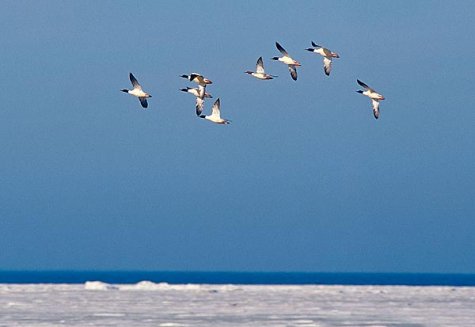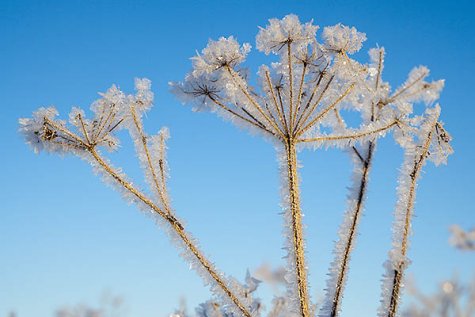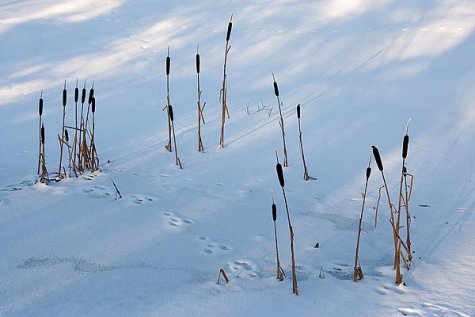Second Week of January: Green Birds at Green Dining-Table
To the feeding table of Vilusi’s deputy mayor Urmas Salu, of the Reform Party, two starving green woodpeckers arrived – feeding places are always visited by pairs:“Quite shy birds, as soon as I moved nearer the window they disappeared.“ The birds were probably greyheaded woodpeckers, who are green on the back – people mostly call them green woodpeckers. In winter the greyheaded woodpecker often approaches buildings. But birdwatchers say that there are also great numbers of spotted woodpeckers locally – they are so many that it is extraordinary, in some places in Estonia tapping or calling woodpeckers can be heard nearly next to each other. Here in Vilusi only a couple of greater spotted woodpeckers carry pine cones to their smithies, to be worked on. Mikk Sarv says that woodpeckers should indeed be busy now, because old people’s tales say that it is the woodpeckers whose drummings make the backbone of winter crumble on korjusepäev, Corpse Day, January 14th.
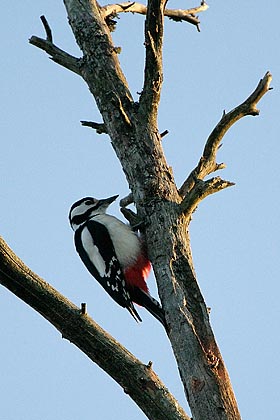
The midweek snowstorm filled mouth and eyes with so much snow that going out walking was no temptation. But is was interesting to observe what was going on in the snow from a car’s steering-wheel – freshly made fox tracks in the snow, a deer had rushed across the road in hurried jumps, a village neighbour’s weaving tracks showed the one-kilometer cut from one farmplace to another; then a full-loaded timber truck swept down, and there was no visibility even inside the car any longer in that snowstorm, to say nothing of the road. Tracks disappeared. In fact all tracks disappeared within fifteen minutes, the road was like a blank running cinema screen. On the morning after the snowstorm, the snow everywhere was densely covered with half-meter long birch branches, as if Old Man Snow had pulled bristles from the birches, one by one. The birch branches stay in a thaw too, like bristling hairs.
Predators and robbers make use of the havoc wrought by the cold. Dead flesh seems to be in good supply in forests and on seashores. White-tailed eagles don’t scorn at picking on carrion even on motorways, foxes have splurge parties on the roads, where numbers of dead mice collect for some reason. Because of the plentiful food supply raccoon dogs do not even think of turning in for winter sleep. There are surprisingly many wintering buzzards this year. One of them roosts here on the powerline wires of Raja village on the shore of Peipsi. Even a harrier has been sighted in Pärnumaa.
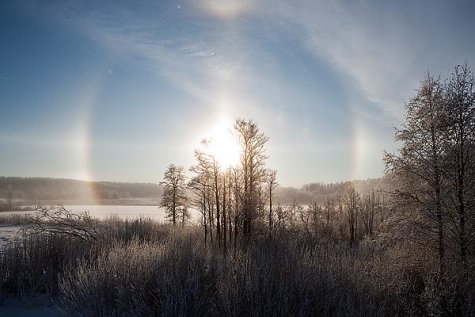
The first fishers were on Peipsi on Thursday, after the hovercraft had made a round and assured that the ice would carry. But we don’t know for how long. In Vilusi the ice that formed earlier is some 15 cm thick, and that from the recent cold somewhat thinner. But on Friday Urmas Salu told from the lake that in ice-holes water was still moving, whether from open water somewhere , or from the wind that forces water into motion through the cracks. The fish catch is somewhat better than the year before the last – last year, you may remember, there was none at all. The main catch at the moment is perch. The ice is however so good that you can go by kick-sledge, there are just a few snowdrift piles.
Quotation:
From Winter crest day, taliharjapäev, children can run barefoot indoors (Saarde).

